Ukrainian President Volodymyr Zelensky said he had spoken with US President Joe Biden about Washington's future support for Kiev. Meanwhile, Russian President Vladimir Putin visited a military base near the front line.
The move by the two leaders comes as both Russia and Ukraine prepare for another wartime winter and battlefield operations next year.
Nearly 20 months of fighting has sapped both sides’ military resources. The Russia-Ukraine conflict tends to degenerate into a war of attrition, with both sides attacking each other’s positions as the weather turns from autumn to winter, analysts said, noting that little has changed along the more than 1,000 km (600 miles) frontline.
More aid pledges for Ukraine
Mr Zelensky said late on 19 October that he had spoken with Mr Biden about “a significant package of assistance” for Ukraine. Western help is desperately needed for Ukraine’s fighting effort.
Indeed, on October 20, the White House submitted to the US Congress a bill on a $105 billion aid package for national security needs in both Ukraine and Israel as well as the US border.
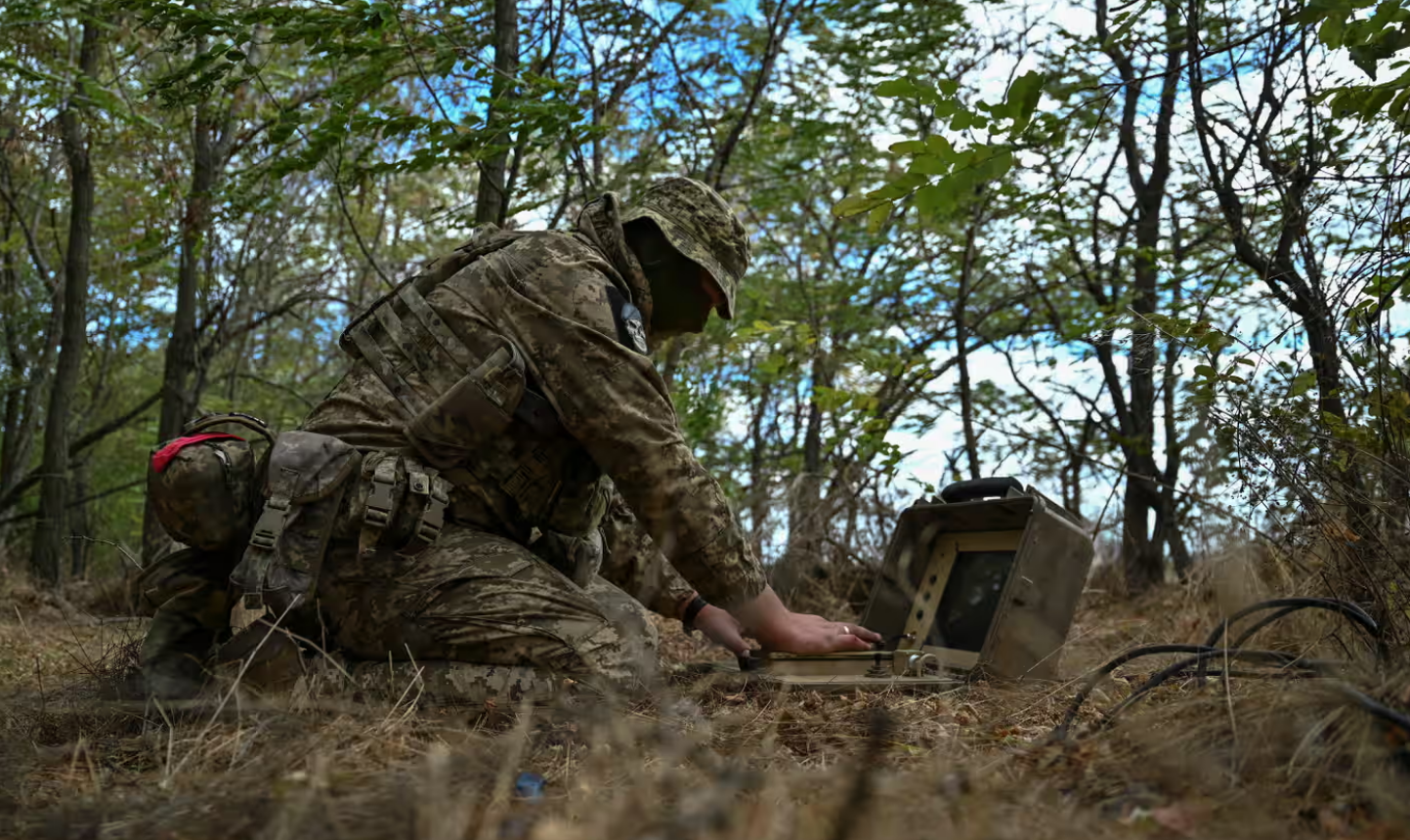
Ukrainian soldiers use a remote control for a Skif anti-tank missile launcher at a frontline position in the Zaporizhzhia region. Photo: The Guardian
Mr. Biden is betting that Republicans who oppose more aid to Ukraine will not vote against a bill that includes $14.3 billion to help Israel in its conflict with Hamas. And he hopes that progressive Democrats who do not want to support Israel’s military actions will not vote against additional aid to Ukraine.
The legislative gamble is taking place against the backdrop of two raging wars in Europe and the Middle East, while in the US, the House of Representatives has been in turmoil for the past fortnight as Republicans struggle to choose a House Speaker.
If the US Congress approves Mr. Biden's combined approach, Ukraine would receive $61.3 billion in military and economic assistance.
Kremlin spokesman Dmitry Peskov said the latest US pledges of support for Ukraine would not yield results in the war. “Biden did not mention that all these efforts to contain Russia have proven ineffective. And they will remain ineffective in the future,” he said.
On the other side of the Atlantic, President Zelensky also spoke by phone with German Chancellor Olaf Scholz on October 19, thanking Berlin for the latest aid package, which includes an additional Patriot air defense battery, new Iris-T surface-to-air air defense systems, and Gepard air defense tanks and the ammunition needed for them.
“We are working together to ensure that Patriot batteries in the hands of Ukrainian soldiers will be able to do more this winter,” Mr. Zelensky said in his nightly video address on October 20.

A view of the devastation caused by the conflict between Ukraine and Russia in the frontline town of Avdiivka, Donetsk region. Photo: Anadolu Agency
In addition to seeking more military aid, the Ukrainian president also visited the front lines. The Ukrainian president's office said on October 20 that their leader traveled to Kherson and Mykolaiv to meet with the army, local officials and Ukrainian defense forces.
In Kherson, Mr. Zelensky discussed the situation on the battlefield with Ukrainian Commander-in-Chief Valerii Zaluzhnyi and a number of other senior military officials.
The meeting is said to focus on the fighting in the Avdiivka area (Donetsk region) and Kupiansk (Kharkiv region), Ukraine's operations in the south and the supply of weapons to the front line.
"Turning point" in Russia's missile production
In Russia, President Putin visited the headquarters of the Southern Military District in Rostov-on-Don, which borders the Donetsk and Lugansk frontline regions, late on October 19 to hear a report on the progress of the “special military operation” in Ukraine, Russian state television reported on October 20.
Russian television showed General Valery Gerasimov, chief of the General Staff of the Russian armed forces and commander of the operation in Ukraine, telling Mr Putin that the military was “performing its tasks in accordance with the operational plan”.
Mr Putin said this week that the counter-offensive by Ukrainian forces had “completely failed” and that Western countries supporting Ukraine had become less “hawkish” than before.

Russian President Vladimir Putin (right) meets with Chief of the General Staff Valery Gerasimov upon his arrival in Rostov-on-Don, Russia, October 20, 2023. Photo: Anadolu Agency
Senior Ukrainian military officials said on October 19 that their troops were facing a new Russian offensive in the eastern city of Avdiivka, while making some progress in a counter-offensive in the south.
After five months of counter-offensives, both Ukraine and Russia’s reserves have been depleted, but it appears that Ukraine has only managed to chip away at Moscow’s formidable defenses. So now both sides are scrambling to replenish their reserves for 2024.
Ukraine has been using more than 200,000 rounds of ammunition a month, according to Jack Watling, a senior researcher at the London-based Royal United Services Institute (RUSI).
“There will not be enough ammunition to sustain this rate of attrition as NATO stockpiles are depleted and ammunition production rates remain too low to meet demand,” Mr. Watling said in an assessment released late on October 19.
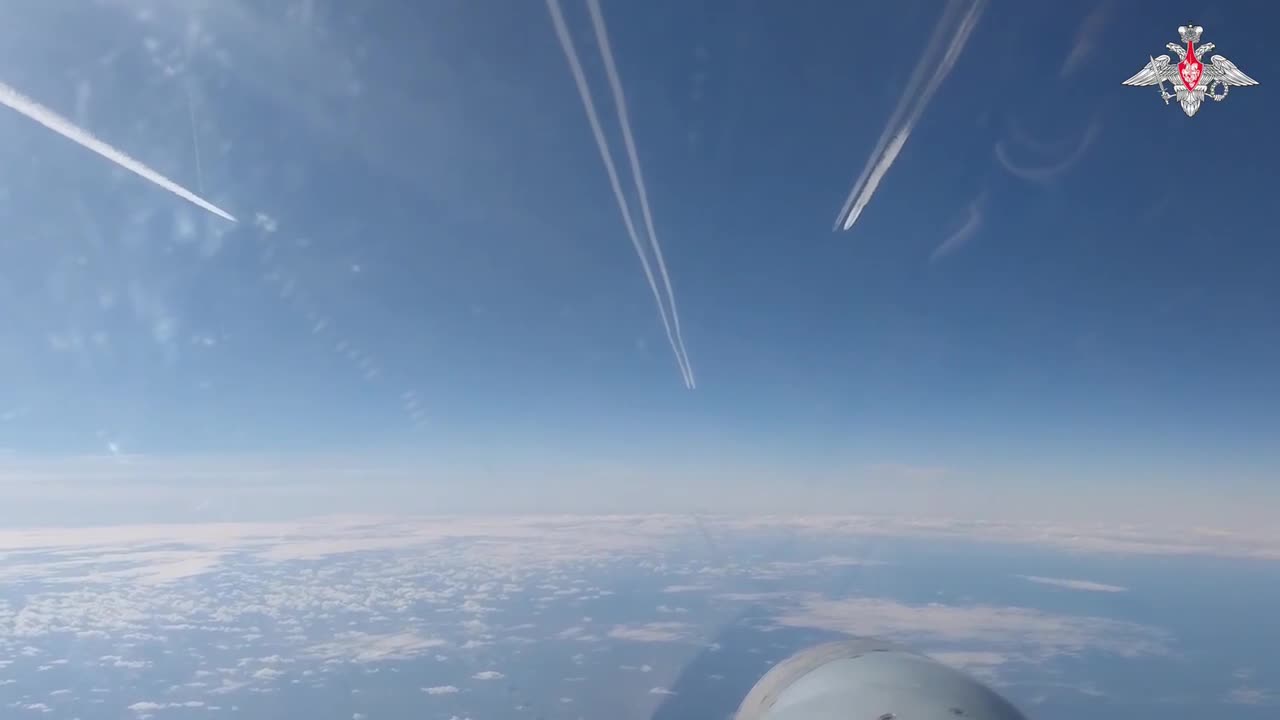
The Russian Defense Ministry shared cockpit footage of a Black Sea patrol. The video was posted on the Telegram channel Ukraine Watch on October 21, 2023.
Meanwhile, Russian manufacturing “has seen a turning point,” said Mr. Watling, who is based at RUSI. Moscow’s domestic ammunition production is growing rapidly, reaching more than 100 long-range missiles a month, compared with 40 missiles a month in the same period last year.
While the counteroffensive failed to make significant headway against Russia’s formidable defenses, it did halt the enemy’s advance. If Ukraine can continue to apply pressure, it will further strain Russia’s already stretched manpower, the Institute for the Study of War (ISW) said on October 19.
“Russian forces largely lack high-quality reserves and are struggling to create, train, and deploy reserves appropriately to plug gaps in the front line and effectively pursue offensive operations,” the Washington-based think tank said in its latest assessment .
Minh Duc (According to AP, Reuters, Kyiv Independent, NY Times)
Source




![[Photo] Unique architecture of the deepest metro station in France](https://vphoto.vietnam.vn/thumb/1200x675/vietnam/resource/IMAGE/2025/11/14/1763107592365_ga-sau-nhat-nuoc-phap-duy-1-6403-jpg.webp)
![[Photo] Unique art of painting Tuong masks](https://vphoto.vietnam.vn/thumb/1200x675/vietnam/resource/IMAGE/2025/11/14/1763094089301_ndo_br_1-jpg.webp)




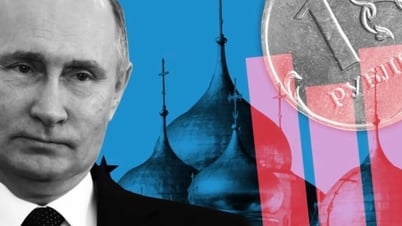

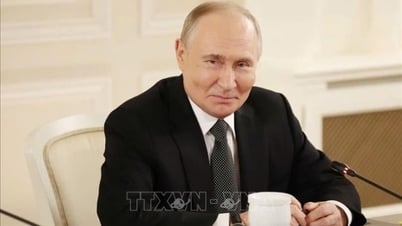



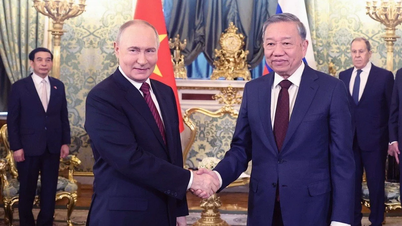






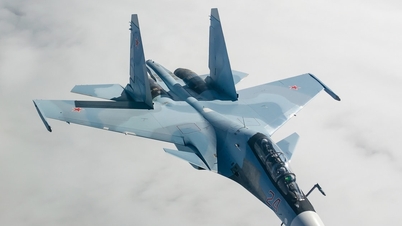
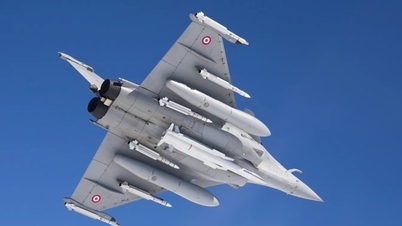
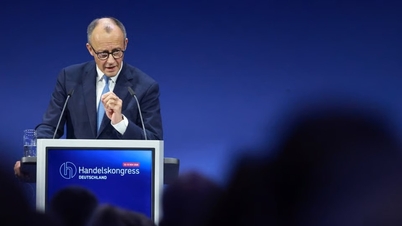










![[Photo] Special class in Tra Linh](https://vphoto.vietnam.vn/thumb/1200x675/vietnam/resource/IMAGE/2025/11/14/1763078485441_ndo_br_lop-hoc-7-jpg.webp)

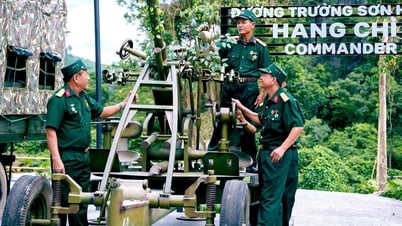
















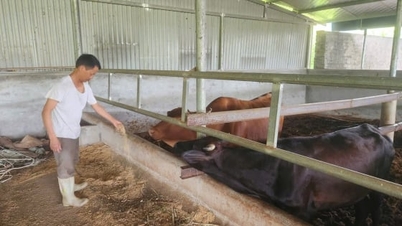

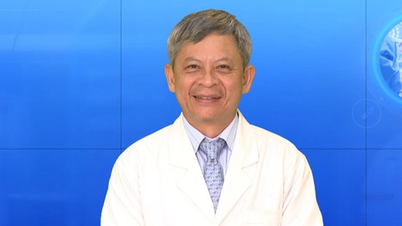
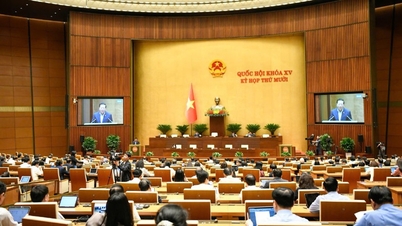


















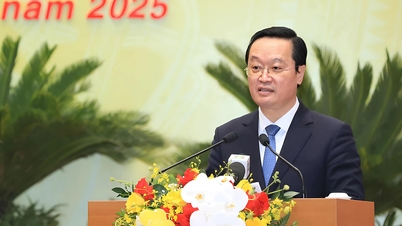


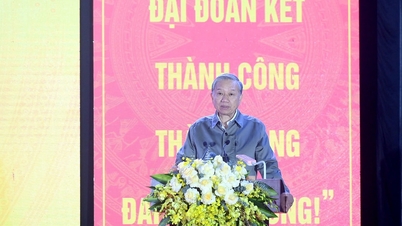



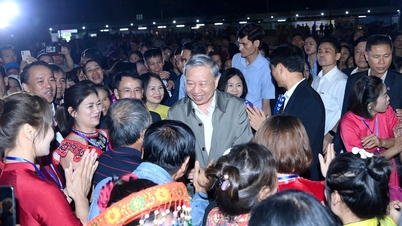

















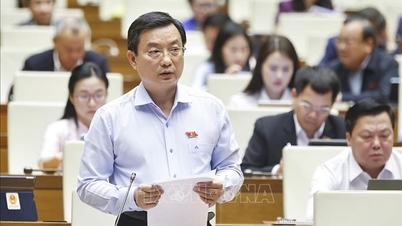







Comment (0)